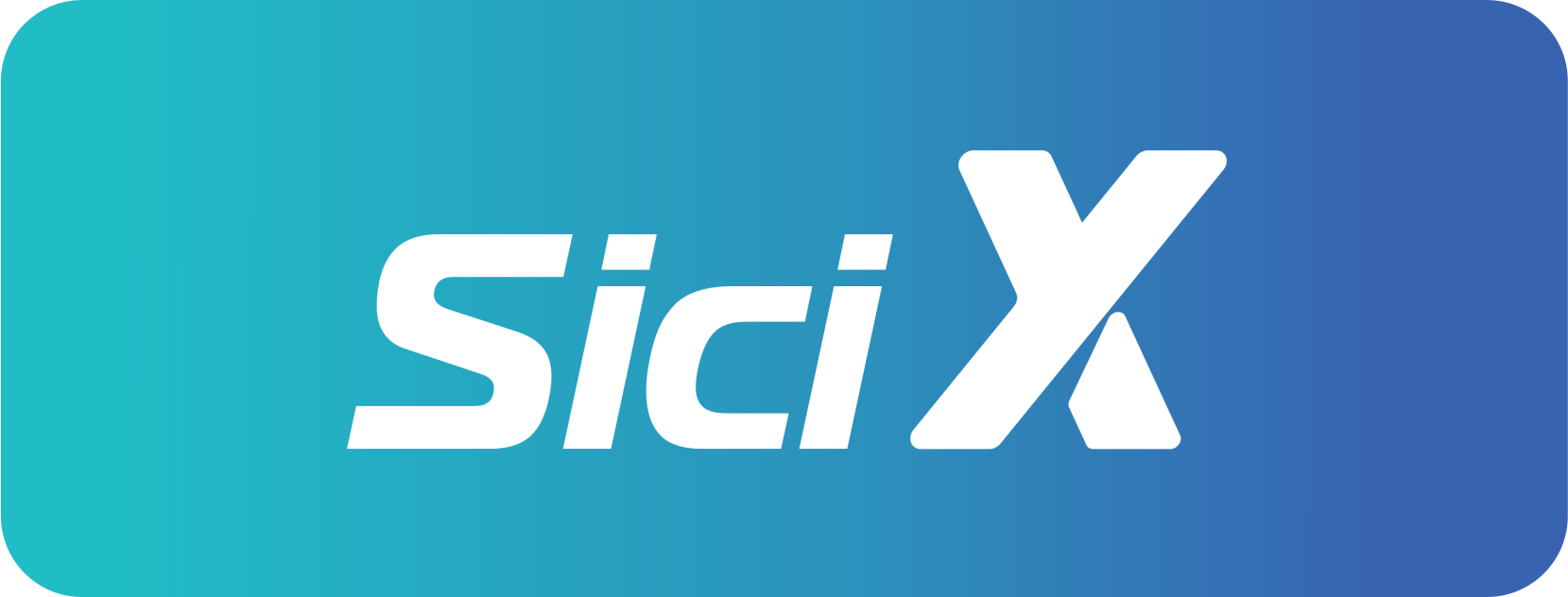Discover how global enterprises like Unilever and Microsoft have turned technology into their organizational DNA, shaping a modern operational culture.
This article examines real-world data, opportunities, and risks when technology is not aligned with culture.
Culture Is No Longer Just a Slogan
In the digital era, corporate culture that exists only as slogans — without being reflected in daily operations — quickly loses its vitality.
According to Microsoft’s Work Trend Index, nearly 48% of employees say their work feels chaotic and fragmented. This indicates that many corporate values are still being spoken, not practiced.
This “fragmentation” is not merely subjective. Microsoft’s data shows that employees are interrupted every two minutes on average (by meetings, emails, or notifications) when working on Microsoft 365.
Such numbers reveal how focus time is being eroded. Without intelligent systems to streamline workflows, a company’s “culture in action” can easily be weakened under work pressure.
Intelligent Systems – The Catalyst for Cultural Formation
Technology, when used only as a collection of tools, cannot drive transformation. It must serve as a catalyst for change.
Unilever provides a clear example: under its “Talent and Technology Boost Factory Productivity” program, participating factories reported a 27% increase in average productivity from 2020 to 2024 by combining upskilling and technology innovation.
At the same time, Unilever saw a 28% improvement in safety and operational health metrics at pilot factories.
These results demonstrate that intelligent systems are not just software — they are mechanisms that influence behavior, inspire innovation, and reinforce trust through transparent performance evaluation.
Lessons from Global Enterprises
Many organizations have embedded technology into their DNA — where culture and systems evolve together.
- Unilever reorganized its HR operations across LATAM by establishing People Hubs in over 20 countries, standardizing and automating HR processes to reduce processing time and errors.
- Microsoft tackled the “Infinite Workday” challenge revealed in its Work Trend Index, analyzing how digital interruptions and blurred work boundaries impact productivity and well-being. By integrating technology that optimizes scheduling and reduces digital noise, Microsoft fosters a calmer, more sustainable work rhythm.
These examples illustrate how when technology underpins operations, transparency, collaboration, and continuous improvement become part of the culture naturally.
The Risk When Technology and Culture Are Misaligned
Technology that is not aligned with culture—or worse, used as a surveillance tool—can backfire.
According to PwC’s 28th Global CEO Survey, 56% of CEOs believe that technologies like Generative AI have improved workforce efficiency.
However, such gains only occur when adoption is paired with human-centered management strategies.
If a company introduces technology without feedback loops, data transparency, or user participation, employees may abandon or bypass the system entirely.
Even worse, poorly designed tools that increase alerts and pop-ups can foster a “culture of surveillance,” reducing autonomy and trust.
Therefore, integrating technology with culture is not about forcing digital tools into the organization — it’s about designing technology to support desired cultural values: transparency, empowerment, feedback, and continuous improvement.
Read more: https://sicix.com.vn/van-hoa-van-hanh-hien-dai/
Technology has become — and will continue to be — the DNA of modern organizations.
But beyond infrastructure, real value emerges when technology is intertwined with culture — reflected in transparency, agility, and human connection.
For Vietnamese enterprises aiming to thrive in the digital era, technology should not be seen merely as a tool, but as a core element of organizational identity.
When that happens, technology transforms from an external support into an internal driving force — enabling sustainable, adaptable, and future-ready organizations.


 Tiếng Việt
Tiếng Việt

Block "blog" not found